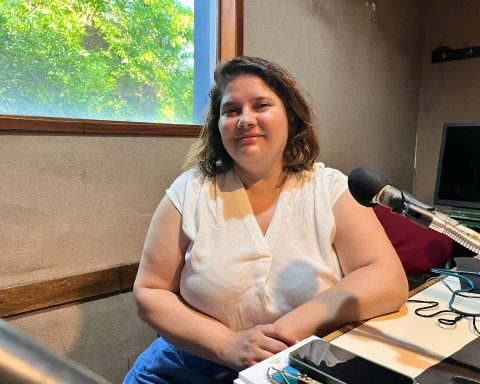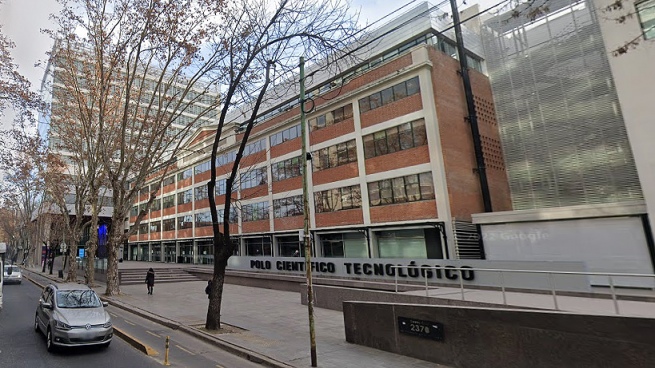Young people do not follow the traditional lifestyle of previous generations; Having a home of your own to live in with your family is no longer the goal of most 20-somethings. The search is to enjoy the day to day through new experiences and, for that, they use the savings.
However, in this context of loss of interest in buying a home, young people continue to move to new spaces to become independent from their family of origin: What are they looking for when they do so?
Before answering this question, it seems necessary to define the profile of young people looking for their first home in Uruguay. There are two different groups of people who are betting on a first place to settle, according to the executive director of the real estate consultancy Moebius, Gonzalo Martínez. On the one hand, there are people from the interior of the country who move to the capital to pursue their tertiary studies. They access their first home around the age of 18. On the other hand, there are the Montevideans who become independent a little later (between 22 and 25 years old), and they do so without the incentive of education.
Although the two profiles described above begin their independence process at different times in life, they have a similar behavior when choosing their home. The greatest similarity is that they usually rent their residence spaces:
“The young person can hardly buy,” said the director of the Kopel Sánchez studio, Fabián Kopel.
In general, people in this age group do not have the necessary capital to buy a home. And in the case of those who have it, they are not willing to turn it into bricks because, according to Martínez, the center of their life is work and they do not know what the future will be like in this area. “If a proposal arises that could be in another neighborhood, in another city or even in another country, they don’t hesitate to go and, if they are buying a property, it becomes complicated for them,” explained the executive director of Moebius.
What is common in today’s real estate market is that young people rent for two years and then change to another property of higher quality if possible, and so on. “They don’t want to be tied to a mortgage, quite the contrary, to rent to continually rotate homes and areas,” said Pablo Cassi, head of sales for the real estate company Acsa.
The star typology
The apartment tends to be the most requested option, and within this type of property, studios and one-bedrooms stand out. Although for some time now, more spaces with two rooms have been rented with the aim of dividing the rental costs, which can reach – in neighborhoods that fit within the Promoted Housing Law (18,795) – up to $30,000.
Kopel exemplified with the rental prices in Cordón, the most booming area in the country’s capital. As he stated in an interview with Coffee & Business, a studio apartment is rented for $18,000 plus about $2,000 for common expenses, while a one-bedroom property is worth around $23,000 plus $3,500 pesos for common expenses and a two-bedroom property is around $26,000 and $4,500 for expenses common. “Young people who move in pairs gain access to a house that has a bedroom for each one for $15,000,” said the director of Kopel Sánchez. For this reason, it has become a very good alternative for young people who have a job.
But in addition to this area, the law covers more neighborhoods. Centro, Cordón and La Blanqueada are the main ones demanded by young people because they allow them to move at a reasonable price. But, in addition, in these places the buildings are new so they have the amenities that the young public is looking for.
“Thanks to the promoted housing law, the city has a very wide range of options, also motivating other sectors to settle in the vicinity, all these phenomena collaborate in the fact that downtown areas are increasingly promoted,” said the sales manager of the real estate company Acsa. And the fact that these neighborhoods grow in their development encourages the choice of young people, because the tenant seeks to rent in their area of influence, whether it is close to their study center, workplace or social circle.
An essential addition
Beyond the type of apartment, young people are interested in the integral proposal of the building and for this reason they also opt for new constructions.
“Since many earn well, they can pay rent in buildings that allow their maximum comfort,” said the executive director of the real estate consultancy Moebius, Gonzalo Martínez.
For this segment, it is essential that the place has amenities such as: common spaces such as cowork, gym, barbecue, laundry room and solarium. But they are also looking for more green spaces in their homes. As pointed out by Martínez, they opt for apartments with access to the open air, either through a terrace, patio or because of their location near a park.
They also choose buildings with applied technology over others. Young people love living in these types of buildings, according to Kopel.
For the operators, these peculiarities make them a demanding public. In short, to attract their attention, the buildings have to be well located and complete in terms of amenities.
According to Martínez, it is almost unfeasible to think of new buildings –located mostly in neighborhoods registered in the Promoted Housing Law– that do not have amenities because they are among the most valued services.
In the same sense, Kopel said: “Making buildings and making them work well for young people requires a lot of work, but welcome because it is the future.” For developers, young people will be the ones driving all the changes that will take place in the real estate sector in the coming years.
“On a day-to-day basis we see how the young public changed the conception of housing. If we compare buildings from other times, we can see that the spaces were very wide, high ceilings, top quality construction, no amenities and few garage spaces. Today, the young public looks for the opposite. The apartments tend to be smaller, with integrated kitchens and amenities”, concluded Cassi.
A market with room to continue growing
While real estate companies are making new buildings, Uruguay is not increasing its population noticeably.
What is the point of continuing to build? Introduce to the Uruguayan market a new concept of buildings with which to attract the attention of the young public. Companies in the sector make real estate developments that can be accessed for the same cost as others that are no longer among the most coveted.
Faced with this situation, it would seem that all the buildings that are not under this category have become obsolete, but this is not the case. Rental prices in this type of construction are not yet falling and that is an indicator that they are still needed, according to Kopel.
“The rental market is healthy in Uruguay,” said the director of Kopel Sánchez. However, he maintained that, over time, those older buildings will be able to lower the price of their rents.














